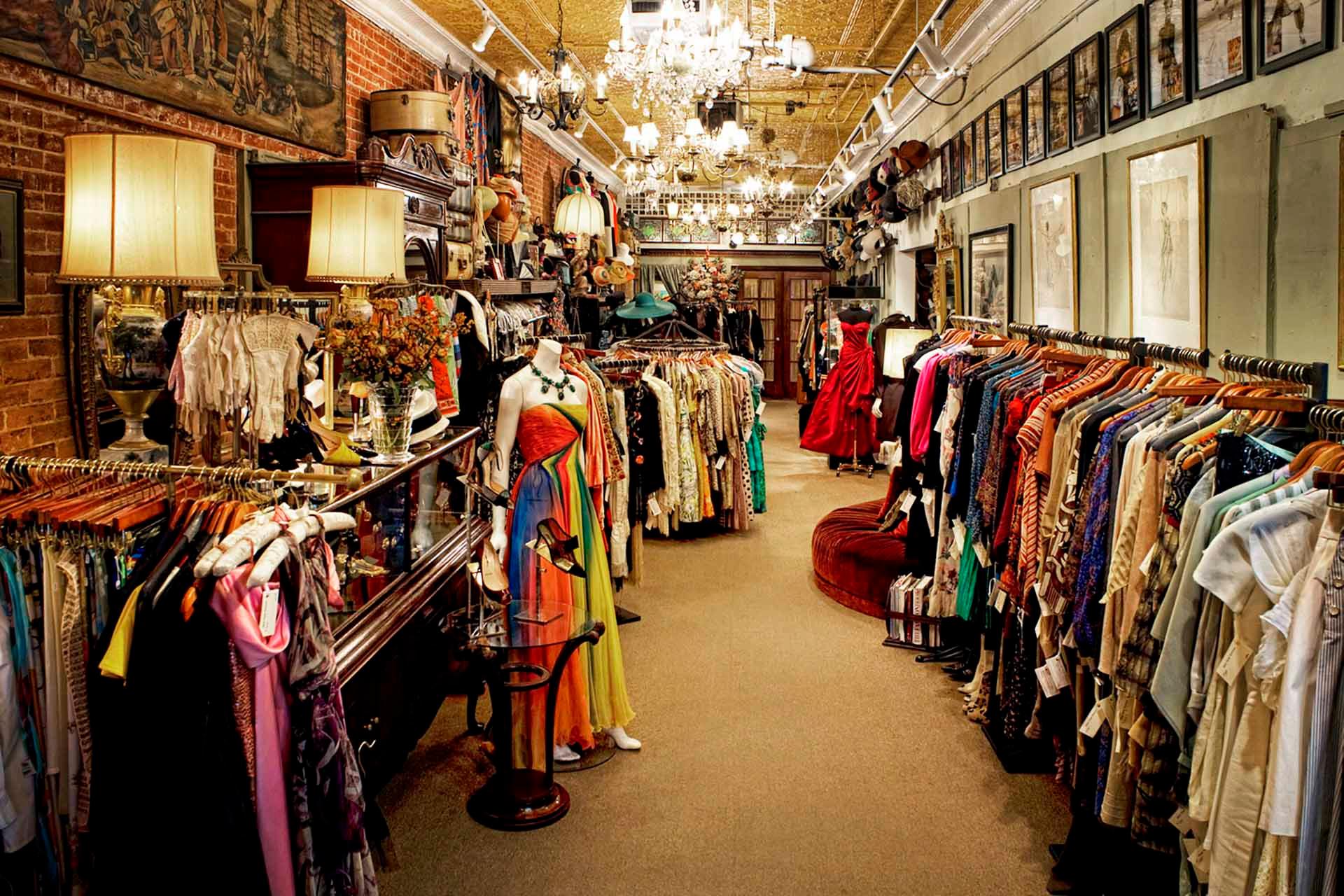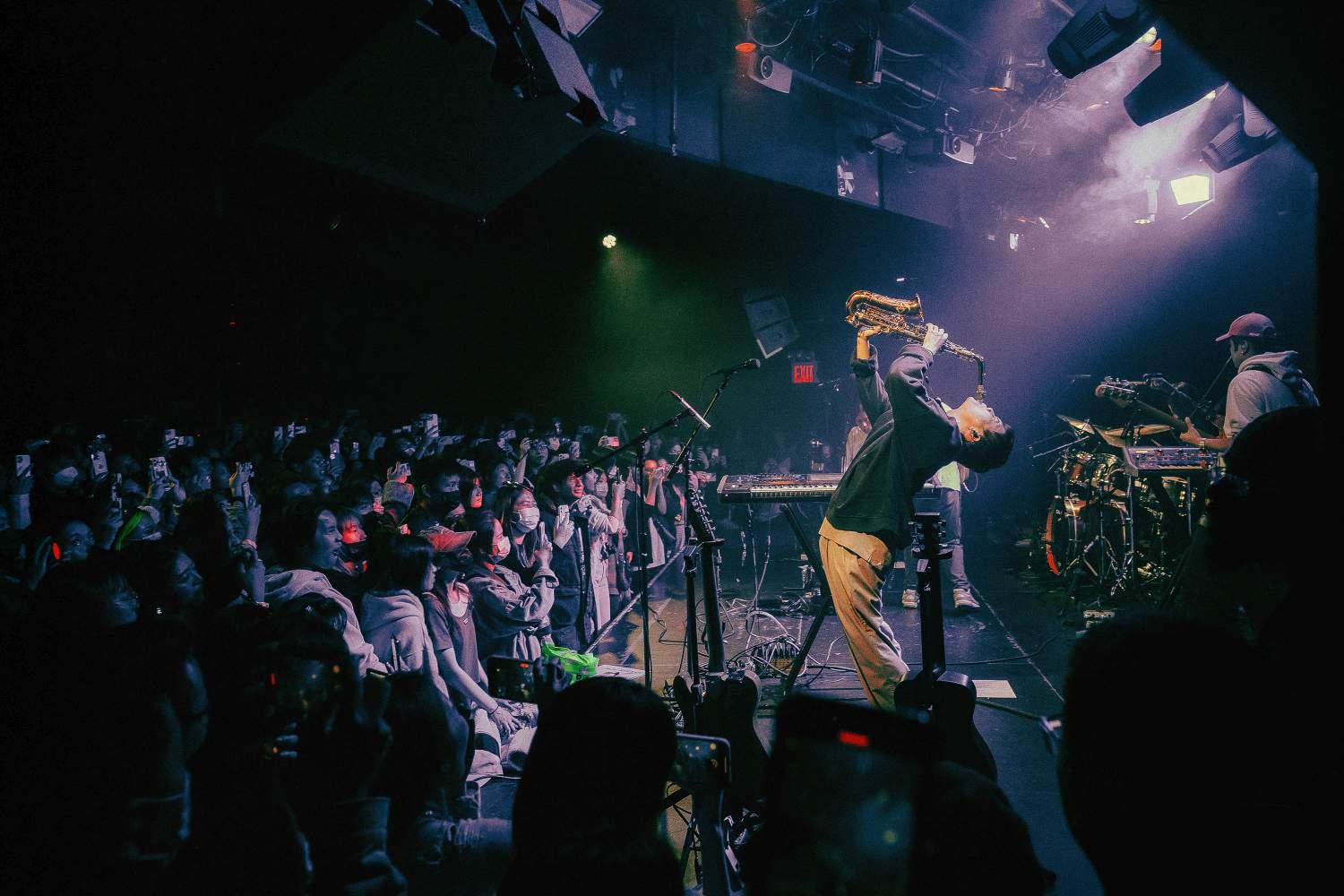The Latino community of New York City plays a major role in the arts and culture scene—and has done so for years. Latino founders and artists are behind many beloved museums, theaters, dance academies and educational centers. The seven cultural attractions below make a good starting point for anyone looking to dive deeper into local Latino culture and its leaders. Check out these locations and some of the history and people that makes each of them special.

Courtesy, Bronx Academy of Arts and Dance
Bronx Academy of Arts and Dance
2474 Westchester Ave., Westchester Square, Bronx
The Bronx has been an incubator for many cultural movements, including hip-hop. In 1998, the Bronx Academy of Arts and Dance (BAAD) pioneered in its own right, offering queer artists and artists of color a space to be able to express themselves in a welcoming environment. This was an extraordinary social advancement by co-founders Charles Rice Gonzalez and Arthur Aviles at a time when the LGBTQ rights movement had far fewer advocates. The Academy is home to dance company Arthur Aviles Typical Theater and hosts a number of annual festivals, including a film series and a women’s art program.

Courtesy, Nuyorican Poets Cafe
236 E. 3rd St., East Village, Manhattan
The term Nuyorican, a combination of New Yorker and Puerto Rican, represents a fusion between those two cultures—in part referring to a literary and arts movement that emerged in the 1960s and ’70s after increased Puerto Rican migration. Though the Puerto Rican community makes up a large part of NYC culture today, integration into city life has not always been easy. The founders of the Nuyorican Poets Cafe—Miguel Algarín, Miguel Piñero and Pedro Pietri— believed that art could bolster social and political justice, a conviction that took the form of poems, plays and other literary compositions. Those brave enough should try one of the café’s open mic nights (currently online), where you have up to five minutes to share your poetry with the audience. Find the calendar of activities here.
Sixth Ave. and W. 59th St., just inside Central Park, Manhattan
Simon Bolivar embodies South American patriotism. Born upper class in Caracas, Venezuela, he became the president of the Republic of Gran Colombia—which comprised multiple modern-day South American countries—and played an integral role in the liberation of six Latin American countries. This statue of him astride a horse, erected to commemorate his Pan-American ideals of cooperation, stands just inside Central Park. It’s one of three equestrian sculptures of Latin American leaders in this area of the park; look out as well for ones of José de San Martin and José Julían Martí.
Clemente Soto Velez Cultural and Educational Center
107 Suffolk St., Lower East Side, Manhattan
First a public school, this building became a space for multipurpose organizations and eventually for nonprofit community use—helped by a 1970s resolution from Mayor Abe Beame, who was an alumnus of PS 160, the former school here. The cultural center commemorates the spirit of Puerto Rican nationalist and poet Clemente Soto Velez, an ardent advocate for Puerto Rico’s independence. The Clemente is currently focused on uniting the wide range of cultures and ethnicities in the Lower East Side. Asian, Hispanic, white and Black communities have performed and exhibited at the venue. Keep track of coming shows and cultural activities here.

Photo: David 'Dee' Delgado
East 110th Street from Fifth to First Avenues, East Harlem, Manhattan
Jazz and mambo composer Ernesto Antonio “Tito” Puente, a seven-time Grammy winner (including a posthumous award), is often referred to as the King of Latin Music. Puente was born in the 1923 at Harlem Hospital and spent his early years living on 110th Street. Just a few months after Puente’s passing in May 2000, the stretch of East 110th Street between First and Fifth Avenues was renamed Tito Puente Way. You can visit Puente’s memorial at the corner of Fifth Avenue and 110th Street, just down the street from where the musician once lived.

Photo: Michael J. Palma
138 E. 27th St., Gramercy, Manhattan
Founded in 1968, this theater features Latin American– and Spanish–themed shows with English subtitles. Repertorio attracts talented veterans and emerging Hispanic actors, including Yolanda Arenas and Ofelia González, the first actress to win an Obie without having performed in English. Performances like La Dama Boba by Lopez de Vega, La Casa de Bernarda Alba by Federico García Lorca and La Gringa by Carmen Rivera can be seen online here.

Photo: Julienne Schaer
151 E. 116th St., East Harlem, Manhattan
Casa Latina music opened its doors in August 1966 and has served since as a place for preserving Hispanic musical history. Don Vicente Barreiro, from Galicia, Spain, and his wife, Doña Christina Barreiro, born in Buenos Aires, are the proud owners of this cultural stronghold—and have been since inheriting it from Christina’s father in 1978. Step inside to find salsa, reggaeton and bachata music, among many other rhythms from Latin America, and prepare to be sandwiched by collections of CDs, vintage vinyl and instruments like congas, classical Spanish guitars and bongo drums.






